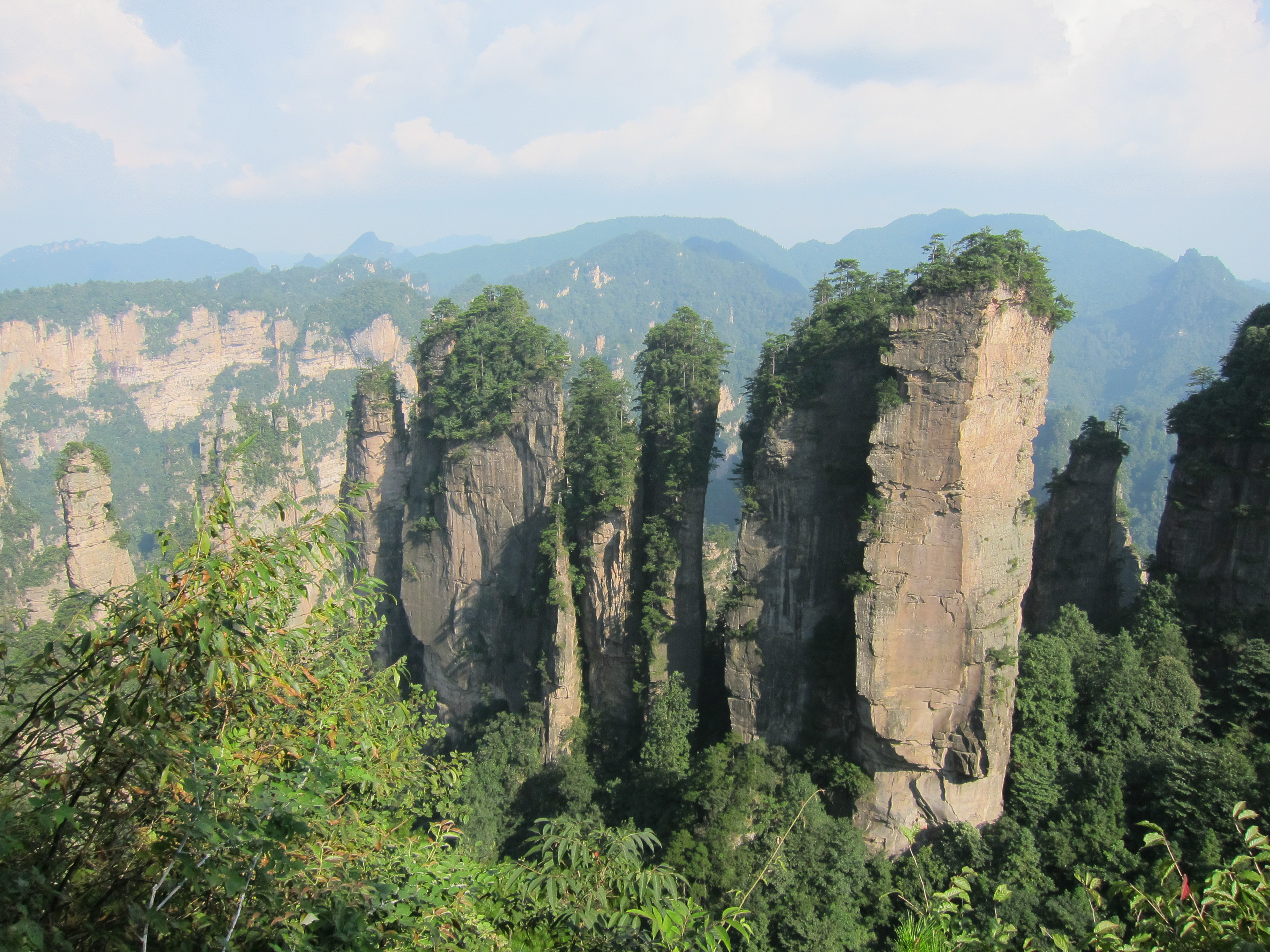
What is the History of Zhangjiajie's Mountains?
Zhangjiajie National Forest Park is famous for its towering sandstone pillars, often shrouded in mist and resembling a scene from a Chinese ink painting. But how did these incredible formations come to be? The story of Zhangjiajie's mountains spans billions of years and is a fascinating example of geological processes shaping our planet.
The Formation of the Sandstone "Eggs"
The journey begins around 1.5 billion years ago during the Proterozoic Eon, a time of significant geological upheaval. Let's break down the process:
| Era | Event | Details |
|---|---|---|
| Proterozoic Eon (approx. 1.5 billion years ago) | Formation of the Sea Trough | Intense tectonic activity caused the Earth's crust in northwestern Hunan to fold and buckle, creating a deep sea trough. |
| Proterozoic Eon (approx. 1.5 billion years ago) | Volcanic Activity and Quartz Formation | Submerged volcanoes erupted within this trough, spewing lava rich in silica. As the lava cooled, the silica crystallized to form quartz, the key ingredient for the sandstone "eggs". |
From Seabed to Sandstone Peaks
Millions of years passed, and layers upon layers of sediment, including the quartz-rich volcanic material, accumulated in the sea trough. The immense pressure from the overlying weight compacted these sediments, gradually transforming them into solid rock:
| Era | Event | Details |
|---|---|---|
| Millions of Years Later | Sedimentation and Compaction | Sand, mud, and the quartz-rich volcanic material settled on the seafloor, accumulating over time. The weight of these layers compressed the sediments, leading to the formation of sandstone. |
Uplift and Erosion: Sculpting the Landscape
Around 200 million years ago, during the Jurassic Period, another major tectonic shift occurred. This time, instead of forming a trough, the Earth's crust was forced upwards, lifting the entire region and exposing the sandstone:
| Era | Event | Details |
|---|---|---|
| Jurassic Period (approx. 200 million years ago) | Tectonic Uplift | The collision of tectonic plates caused the land to rise, gradually lifting the sandstone formations above sea level. |
Exposed to the elements, the sandstone became vulnerable to weathering and erosion. Wind, rain, and ice worked tirelessly over millennia, carving out the iconic peaks we see today:
| Process | Effect |
|---|---|
| Weathering | Rainwater, slightly acidic due to dissolved carbon dioxide, seeped into cracks in the sandstone. This slowly dissolved the rock, widening fissures over time. Freezing and thawing of water in cracks also contributed to breaking down the sandstone. |
| Erosion | Wind and rain carried away the loosened particles of sandstone, gradually wearing down the softer layers. This differential erosion, where weaker areas eroded faster than more resistant ones, created the dramatic peaks and valleys that characterize Zhangjiajie. |
A Continuous Process
The forces that shaped Zhangjiajie's mountains are still at work today, albeit at a much slower pace. Every raindrop, every gust of wind continues to subtly reshape this incredible landscape. The result is a breathtaking tapestry of natural beauty, a testament to the power and artistry of geological time.
FAQs
1. What makes the sandstone in Zhangjiajie so unique?
The sandstone in Zhangjiajie is particularly rich in quartz, thanks to its volcanic origins. Quartz is a very hard mineral, making the sandstone more resistant to erosion compared to other types of rock. This difference in resistance is what allowed for the formation of the dramatic peaks and valleys.
2. Are the mountains still growing?
While the dramatic uplift that initially formed the mountains has ceased, the region does experience minor tectonic activity. However, the rate of erosion currently outpaces any uplift, meaning the mountains are slowly being worn down over time.
3. How long did it take for the mountains to form?
The process of forming Zhangjiajie's mountains took place over an immense period, spanning billions of years. From the initial creation of the quartz sandstone to the uplift and ongoing erosion, it's a testament to the vast scale of geological time.